Focus - Around the world

Currently, the online capacity of low-carbon hydrogen is about 0.5 million tons. If BNEF’s forecasts are realized, by 2030 this capacity could grow 30-fold.
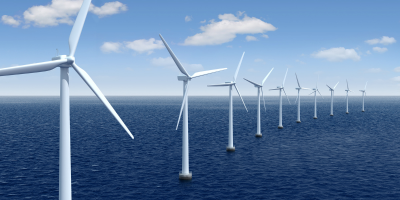
By 2030, Europe could have up to 3 GW of floating wind energy, but challenges remain. Italy and Portugal are lagging behind other EU countries.
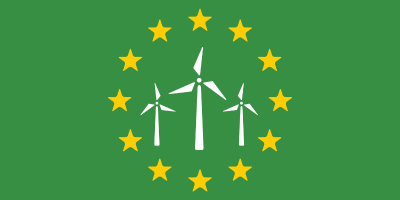
The results of REPowerEU have been remarkable. In just two years, the share of wind energy in the electricity mix has risen from 14% to 19%, and annual wind energy production has increased from 375 to 466 TWh.

The implementation of the directive could facilitate the installation of 150-200 GW of solar panels in the coming years.

Italy played a key role in this change, contributing 15% to the overall decline in the use of fossil fuels.
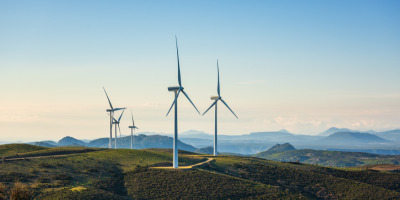
The latest annual "Supply Side Data" report from the Global Wind Energy Council (GWEC) highlights a year of exceptional results for the wind turbine industry.
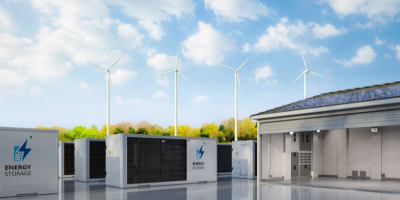
Thermal energy is a crucial component in the global energy landscape, representing over half of the world's final energy consumption.
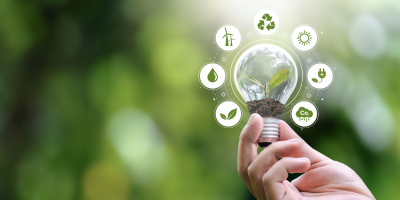
The document highlights a rise in global investments, which reached $200 billion in 2023, marking an increase of over 70% compared to 2022.
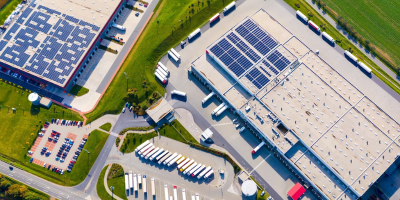
The G7 report, titled “Empowering Urban Energy Transitions: Smart Cities and Smart Grids,” emphasizes that investments in global grids will need to reach $750 billion by 2030.

Throughout 2023, electricity from clean sources accounted for about 80% of the new capacities added to the global electricity system.
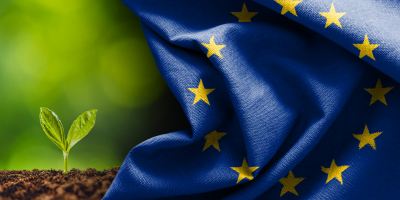
The European Heat Pump Association conducted a detailed analysis of the planned measures related to heat pumps in the NECP projects.

In 2023, Europe experienced an unprecedented surge in investments in the wind energy sector.



